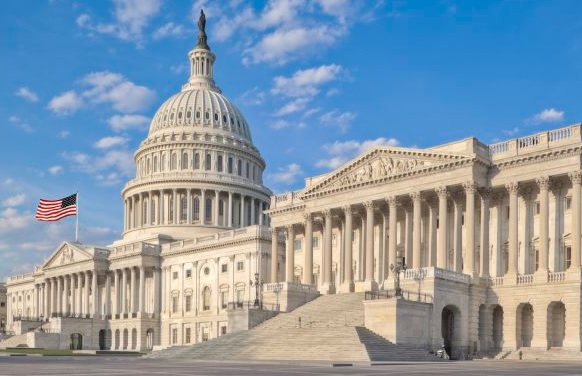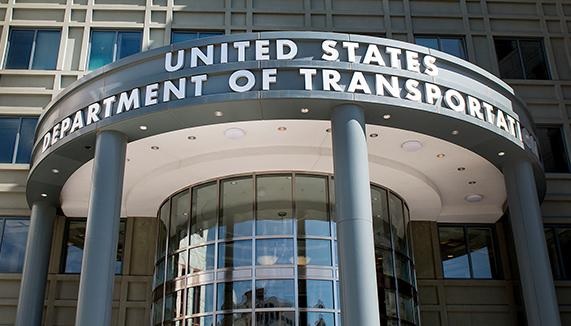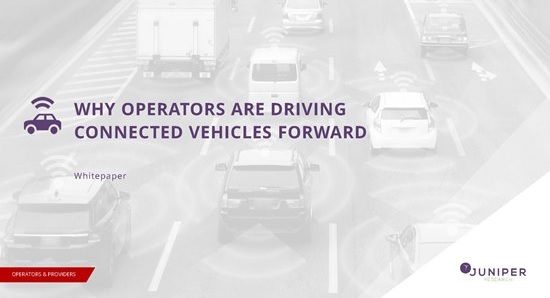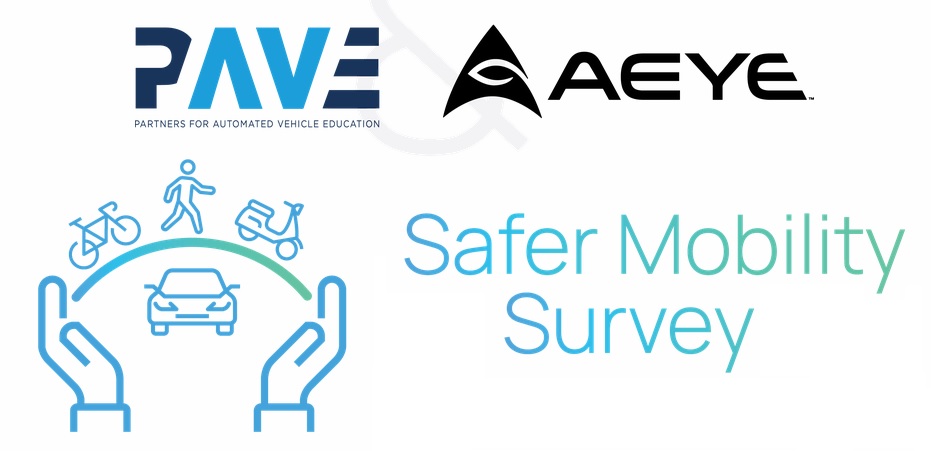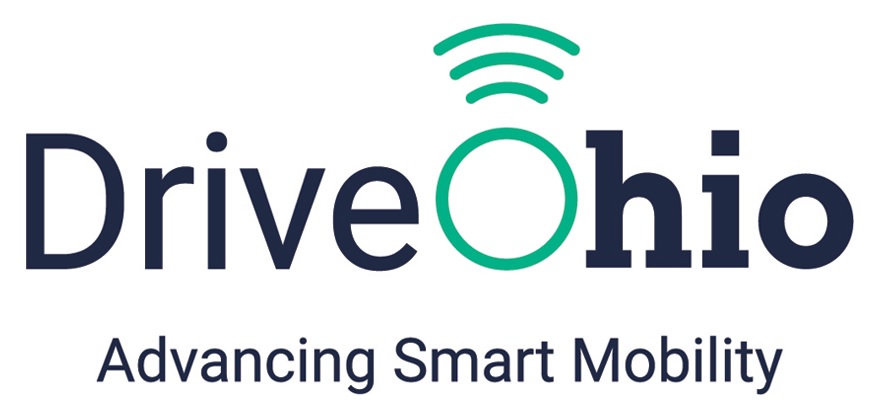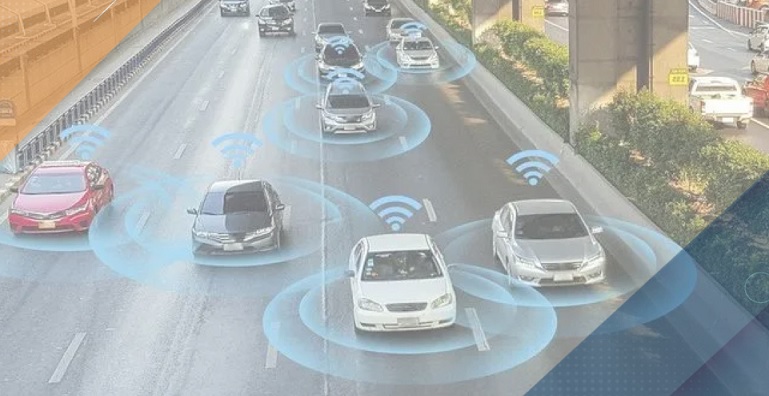Features
US Congressmen Garret Graves and Salud Carbajal have introduced H.R. 1500, the Intelligent Transportation Integration Act, bipartisan legislation to bring traffic management and planning into the 21st Century ...
The shift to software-defined vehicles is transforming every aspect of the automotive industry — from how cars are designed, to how they are made, to how we use and service them. Crucially, the car user's relationship with the rich ecosystem of partners and services that makes up the auto industry is changing. DXC Technology sees evidence that these five trends are accelerating ...
On March 1, transportation labor and industry groups sent a letter to US Transportation Secretary Pete Buttigieg and Labor Secretary Marty Walsh, urging them to adopt a federal framework to manage the broad impacts of new technologies on the transportation workforce ...
The number of connected vehicles in service will reach 367 million globally in 2027, from 192 million in 2023, according to a new Juniper Research study ...
83% of drivers and 78% of pedestrians are concerned about being involved in a vehicle collision, but respondents believe that new technologies can significantly improve road safety, according to the Safer Mobility Survey conducted by PAVE and AEye ...
With all the excitement over the past year and the promise for the future, here are three predictions about autonomous vehicles from IDTechEx for 2023 ...
Drivers may soon see automated vehicles on rural roadways in central and southeast Ohio as DriveOhio's Rural Automated Driving Systems (ADS) project begins two deployments to gather data that will help define future technology needs ...
The Intelligent Transportation Society of America (ITS America) announced an updated vision and mission via a new 3-year strategic plan ...
The US Federal Highway Administration (FHWA) announced the latest round of transportation innovations through the Every Day Counts Program ...
The transition from advanced driver assistance systems (ADAS) to autonomous driving (AD) has encouraged original equipment manufacturers (OEMs) to partner with start-ups to develop hardware and software capabilities ...


